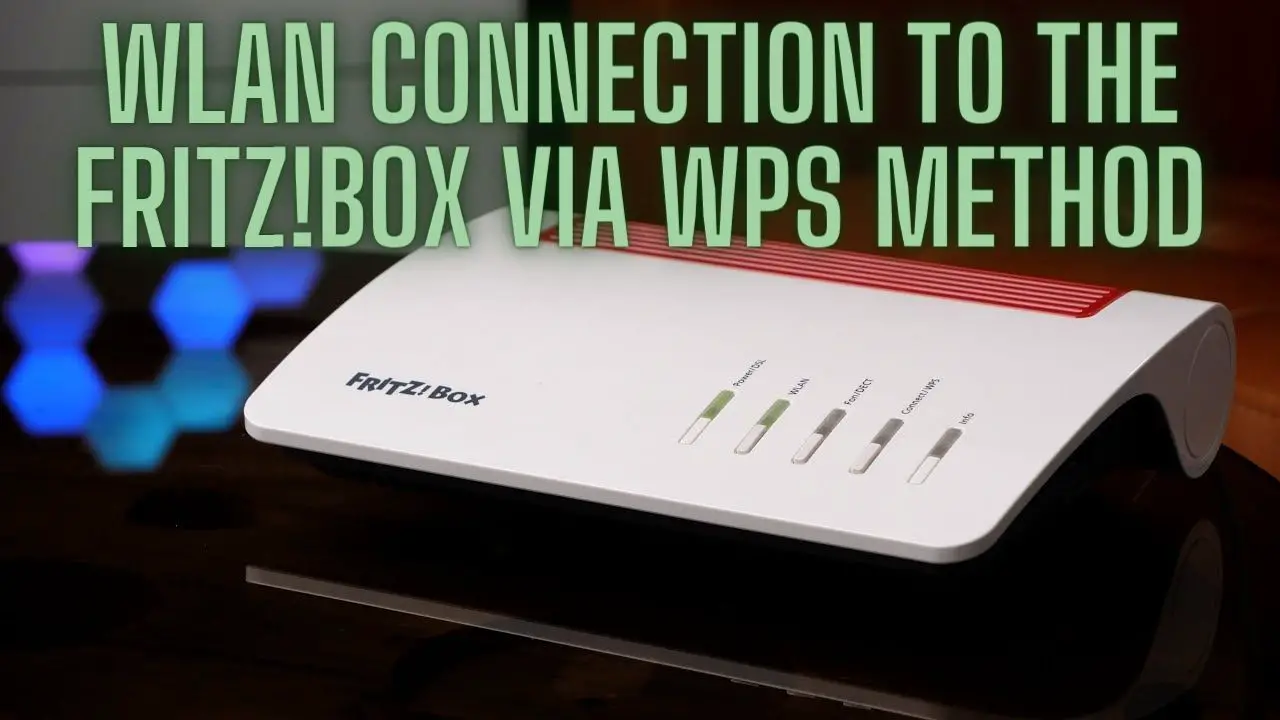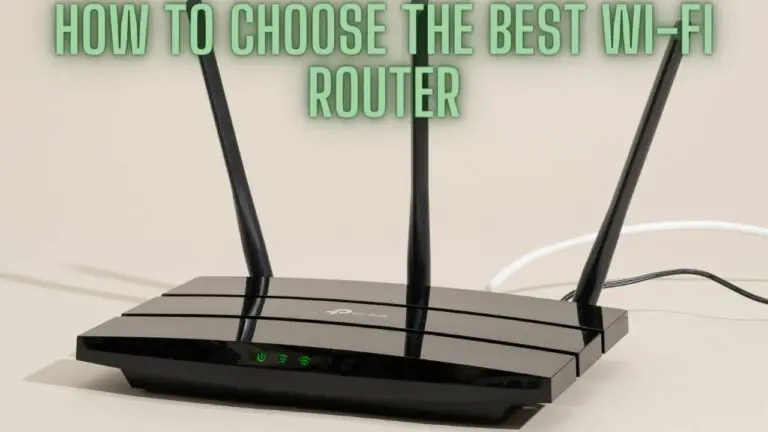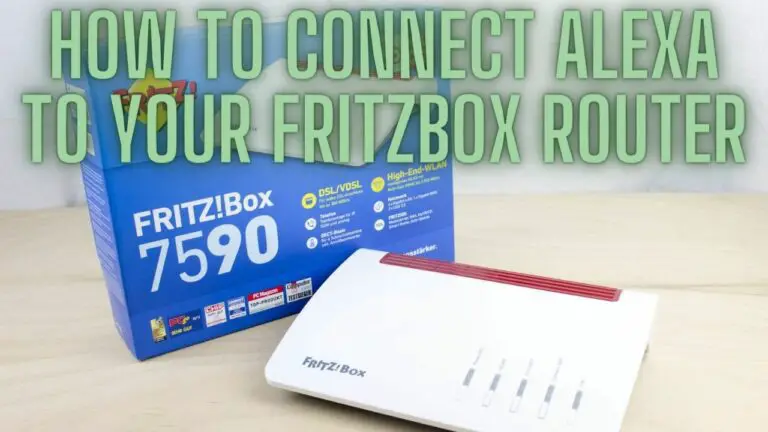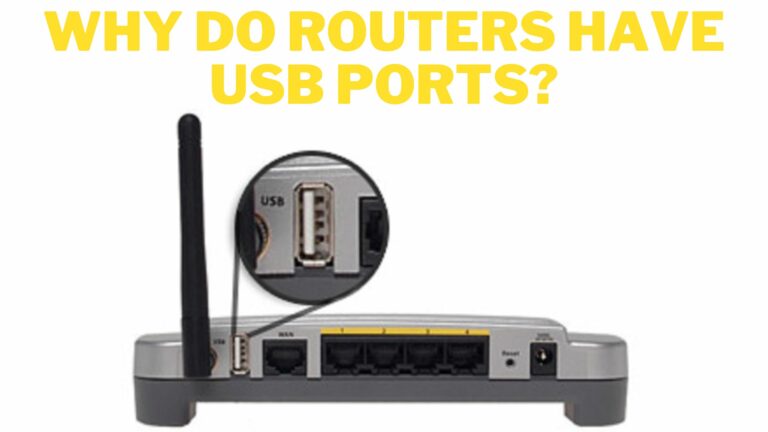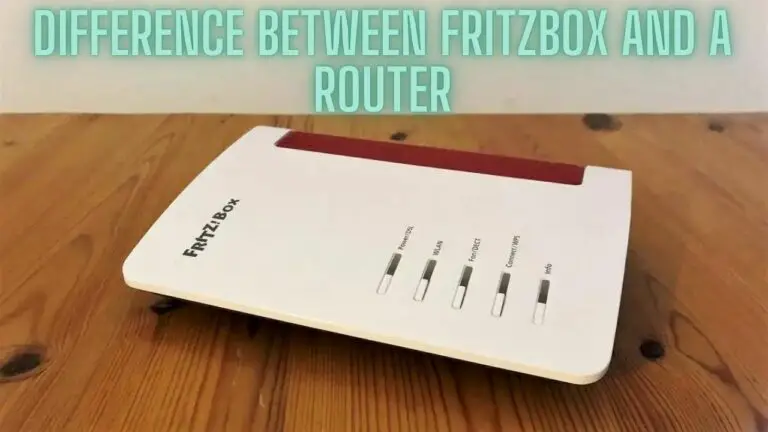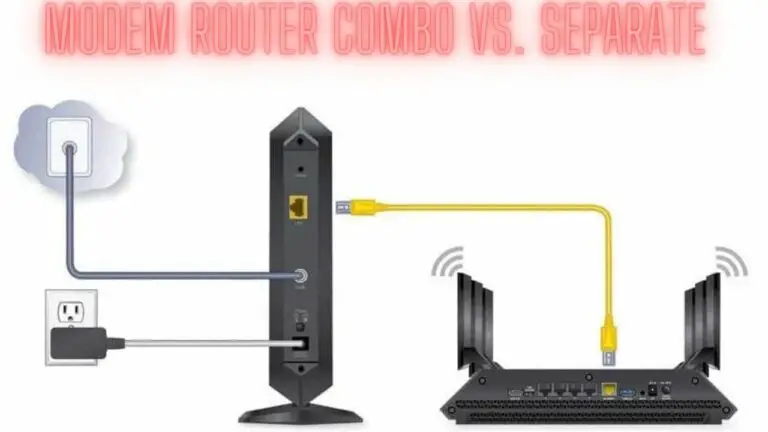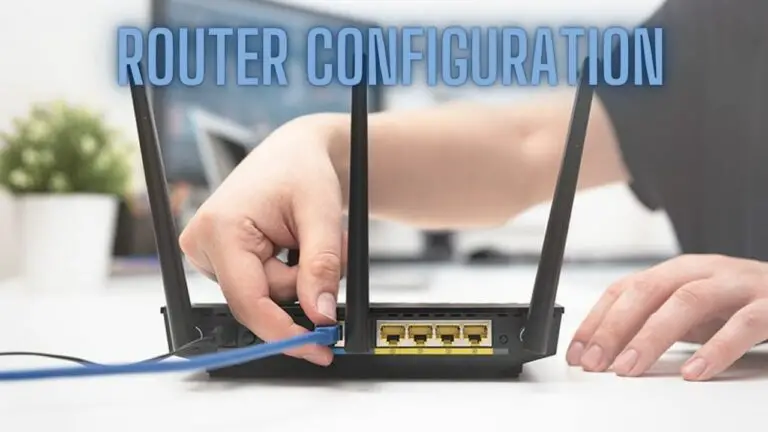Easy WLAN Connection to the FRITZ!Box via WPS Method
Introduction
Establishing a WLAN (Wireless Local Area Network) connection to your FRITZ!Box router is essential for accessing the internet and network resources wirelessly. The FRITZ!Box router offers various methods for connecting devices to the WLAN, including the convenient WPS (Wi-Fi Protected Setup) method.
This guide aims to provide step-by-step instructions for easily connecting your devices to the FRITZ!Box WLAN using the WPS method. WPS simplifies the connection process by allowing devices to join the network with the press of a button, eliminating the need to manually enter network credentials.
By following the instructions outlined in this guide, you’ll be able to quickly and effortlessly establish a secure WLAN connection to your FRITZ!Box router using the WPS method. Whether you’re setting up a new device or reconnecting an existing one, WPS offers a convenient and hassle-free way to get your devices online. Let’s get started with the easy WLAN connection process via WPS to your FRITZ!Box router.
What is WPS?
Wi-Fi Protected Setup (WPS) is a standard wireless network security protocol that simplifies the process of securely connecting devices to a Wi-Fi network. It was developed to make it easier for users to set up secure Wi-Fi connections without needing to manually enter complex network credentials such as SSID (network name) and passphrase.
The primary goal of WPS is to streamline the Wi-Fi setup process while maintaining robust security standards. It achieves this by providing different methods for device authentication:
- Push Button Configuration (PBC):
- With the push button configuration method, users can establish a Wi-Fi connection by simply pressing a physical button on both the Wi-Fi router (access point) and the device seeking to connect. This initiates a secure authentication process, allowing the device to join the network without requiring the user to enter a passphrase.
- PIN (Personal Identification Number):
- Alternatively, WPS allows devices to connect using a predefined eight-digit PIN code. Users can either enter this PIN into their device’s Wi-Fi settings or input it into the router’s administration interface. This method is less common due to potential security vulnerabilities associated with PIN-based authentication.
WPS aims to simplify Wi-Fi setup for users who may not be familiar with configuring wireless networks manually. However, it’s essential to note that WPS has faced security concerns in the past, particularly related to vulnerabilities in the PIN authentication method. As a result, many modern Wi-Fi routers and devices may offer the option to disable WPS to mitigate potential security risks.
Despite these concerns, WPS can still be a convenient option for users seeking a quick and straightforward way to connect devices to their Wi-Fi network, provided that appropriate security precautions are taken. It remains a widely used feature in many consumer Wi-Fi routers, including the FRITZ!Box series, offering users flexibility and convenience in establishing secure Wi-Fi connections.
Understanding FRITZ!Box and WLAN
FRITZ!Box is a series of residential gateway devices developed by the German company AVM GmbH. These devices combine a modem, router, and various networking functionalities, offering users an all-in-one solution for internet connectivity and home networking. WLAN, or Wireless Local Area Network, is a key feature of FRITZ!Box routers, allowing users to connect devices wirelessly to their home network.
Here’s a closer look at FRITZ!Box routers and WLAN:
- Router Functionality:
- FRITZ!Box routers serve as the central hub of a home network, providing connectivity to the internet and facilitating communication between devices within the network. They feature built-in DSL, cable, or fiber optic modems to establish an internet connection, eliminating the need for separate modem devices.
- Wireless Networking (WLAN):
- WLAN functionality enables FRITZ!Box routers to broadcast a wireless signal, allowing devices such as smartphones, laptops, tablets, and smart home devices to connect to the internet and communicate with each other without the need for physical Ethernet cables. FRITZ!Box routers support the latest Wi-Fi standards, providing fast and reliable wireless connectivity.
- Dual-Band Support:
- Many FRITZ!Box models offer dual-band Wi-Fi support, operating on both the 2.4 GHz and 5 GHz frequency bands. Dual-band Wi-Fi allows devices to connect to either band, providing flexibility and potentially improved performance depending on the device’s capabilities and the network environment.
- Advanced Features:
- FRITZ!Box routers come equipped with a range of advanced features to enhance the WLAN experience. These may include:
- Guest Wi-Fi networks for providing internet access to visitors without compromising the security of the main network.
- Mesh networking capabilities for seamless Wi-Fi coverage throughout the home using multiple FRITZ!Box devices.
- Quality of Service (QoS) settings to prioritize certain types of network traffic for improved performance.
- Parental controls for managing internet access and content filtering for connected devices.
- FRITZ!Box routers come equipped with a range of advanced features to enhance the WLAN experience. These may include:
- User-Friendly Interface:
- FRITZ!Box routers are known for their user-friendly web interface, which allows users to easily configure and manage various network settings, including WLAN parameters, security settings, and connected devices. The intuitive interface makes it straightforward for users to customize their network according to their preferences and requirements.
Overall, FRITZ!Box routers offer a comprehensive solution for home networking, combining robust router functionality with advanced WLAN features to provide users with a reliable and flexible internet connection experience. Understanding how FRITZ!Box routers and WLAN operate can help users make the most of their home network setup and take advantage of the features and capabilities offered by these devices.
Preparing for WPS Connection
Before initiating the WPS (Wi-Fi Protected Setup) connection process between your device and the FRITZ!Box router, it’s essential to ensure that both the router and the device are ready for WPS configuration. Here are the steps to prepare for a successful WPS connection:
- Ensure WPS Compatibility:
- Verify that both your device and the FRITZ!Box router support WPS functionality. Most modern routers and devices are WPS-compatible, but it’s always a good idea to check the specifications or user manuals to confirm compatibility.
- Locate WPS Button on FRITZ!Box:
- Locate the WPS button on your FRITZ!Box router. The WPS button may be labeled “WPS” or feature the WPS symbol, which typically resembles two arrows forming a circle. The location of the WPS button may vary depending on the model of your FRITZ!Box router.
- Enable WPS on FRITZ!Box:
- Access the FRITZ!Box router’s web interface using a web browser on a computer connected to the FRITZ!Box network. Log in to the router’s administration interface using the administrator credentials (default username: “admin” and default password: “password”).
- Navigate to the WLAN settings or WPS configuration section in the router’s web interface.
- Ensure that WPS is enabled or activated on the FRITZ!Box router. Some routers may have WPS enabled by default, while others may require manual activation.
Once you’ve completed these preparation steps, both your FRITZ!Box router and your device will be ready for the WPS connection process. With WPS enabled on the router and the WPS button accessible, you can proceed to initiate the WPS connection on your device to establish a secure Wi-Fi connection effortlessly.
Initiating WPS Connection
Once you’ve prepared your FRITZ!Box router and device for WPS configuration, you can proceed with initiating the WPS connection process. Follow these steps to initiate a WPS connection between your device and the FRITZ!Box router:
- Activating WPS on the Device:
- On your device (e.g., smartphone, tablet, or laptop), navigate to the Wi-Fi settings menu.
- Look for the option to set up a new Wi-Fi network or connect to an existing network.
- Locate and select the option to connect using WPS. This option may be labeled “WPS,” “Wi-Fi Protected Setup,” or something similar, depending on your device’s manufacturer and operating system.
- Initiating WPS Connection on the FRITZ!Box:
- Press the WPS button on your FRITZ!Box router. The WPS button may be located on the front, back, or side of the router, depending on the model.
- Press the WPS button on the router and hold it down for a few seconds (usually about 3-5 seconds). You may need to use a pen or paperclip to press the button, as it may be recessed to prevent accidental activation.
- Waiting for WPS Connection to Complete:
- After pressing the WPS button on the router, the WPS LED indicator should start flashing or change color to indicate that the router is in WPS mode.
- On your device, the WPS connection process should automatically initiate. Your device will attempt to establish a Wi-Fi connection to the FRITZ!Box router using the WPS method.
- Verifying Successful Connection:
- Once the WPS connection process is complete, your device should indicate that it has successfully connected to the FRITZ!Box router’s Wi-Fi network. You may see a confirmation message or an icon indicating a successful connection in the Wi-Fi settings menu.
By following these steps, you can initiate the WPS connection process between your device and the FRITZ!Box router quickly and easily. The WPS method simplifies the Wi-Fi setup process, allowing you to establish a secure and reliable Wi-Fi connection without the need to manually enter network credentials.
Verifying Successful Connection
After initiating the WPS (Wi-Fi Protected Setup) connection process between your device and the FRITZ!Box router, it’s essential to confirm that the connection was successful. Here’s how you can verify that the connection was established correctly:
- Checking WLAN Connection Status:
- On your device (e.g., smartphone, tablet, or laptop), navigate to the Wi-Fi settings menu.
- Look for the list of available Wi-Fi networks and locate the network name (SSID) corresponding to your FRITZ!Box router’s Wi-Fi network.
- Check if your device displays a “Connected” or “Connected” status next to the FRITZ!Box network name. This indicates that your device has successfully connected to the FRITZ!Box router’s Wi-Fi network.
- Testing Internet Connectivity:
- Once you’ve confirmed that your device is connected to the FRITZ!Box router’s Wi-Fi network, open a web browser on your device.
- Navigate to a website or perform a web search to test your internet connectivity.
- If you can successfully access websites and browse the internet without any issues, it indicates that your device is connected to the internet via the FRITZ!Box router’s Wi-Fi network.
- Checking Router Settings (Optional):
- If you have access to the FRITZ!Box router’s web interface, you can log in to the router’s administration interface to verify the list of connected devices.
- Navigate to the WLAN settings section of the router’s web interface and check the list of connected devices. Your device should be listed as a connected client, confirming that it has successfully joined the Wi-Fi network.
By following these steps, you can verify that the WPS connection between your device and the FRITZ!Box router was successful. Confirming the successful connection ensures that your device can access the internet and communicate with other devices on the network seamlessly. If you encounter any issues during the verification process, you may need to troubleshoot the connection or reinitiate the WPS process.
Troubleshooting WPS Connection Issues
If you encounter any issues during the WPS (Wi-Fi Protected Setup) connection process between your device and the FRITZ!Box router, you can follow these troubleshooting steps to resolve the issues:
- Ensuring Proximity and Signal Strength:
- Make sure that your device is within close proximity to the FRITZ!Box router during the WPS connection process. Ideally, the device should be located near the router to ensure a strong Wi-Fi signal.
- If possible, move your device closer to the router and try initiating the WPS connection process again.
- Checking WPS Compatibility and Settings:
- Verify that both your device and the FRITZ!Box router support WPS functionality. Check the user manuals or specifications of your device and router to confirm compatibility.
- Ensure that WPS is enabled or activated on the FRITZ!Box router. Access the router’s web interface and navigate to the WLAN settings section to verify the WPS settings.
- Repeating WPS Connection Process:
- If the initial WPS connection attempt fails, try repeating the WPS connection process again. Press the WPS button on the FRITZ!Box router and your device’s WPS initiation method simultaneously.
- Make sure to hold down the WPS button on the router for a few seconds to ensure that it enters WPS mode.
- Using Alternative Connection Methods:
- If you continue to experience issues with the WPS connection, consider using alternative methods to connect your device to the FRITZ!Box router’s Wi-Fi network. This may include manually entering the network credentials (SSID and passphrase) or using a different Wi-Fi setup method supported by your device.
- Updating Firmware and Drivers:
- Ensure that both your FRITZ!Box router and your device’s firmware/drivers are up-to-date. Check for firmware updates for the router and install them if available. Similarly, update the Wi-Fi drivers on your device to the latest version provided by the manufacturer.
- Resetting Router and Device (Last Resort):
- As a last resort, you can perform a factory reset on both your FRITZ!Box router and your device. This will reset all settings to their default values, including Wi-Fi settings. Note that this will erase any custom configurations, so proceed with caution and backup any important data.
By following these troubleshooting steps, you can address common issues that may arise during the WPS connection process between your device and the FRITZ!Box router. If the problem persists despite these efforts, you may need to seek further assistance from technical support or consult the user manuals for your devices.
FAQS
What is WPS, and why should I use it to connect to my FRITZ!Box router?
Wi-Fi Protected Setup (WPS) is a feature that simplifies the process of connecting devices to a Wi-Fi network. It eliminates the need to manually enter Wi-Fi passwords, making the setup process quicker and more convenient.
How do I know if my FRITZ!Box router supports WPS?
Most modern FRITZ!Box routers support WPS. To confirm, log in to your router’s web interface and check the Wi-Fi settings or refer to the router’s manual for specific information about WPS.
What devices can I connect to my FRITZ!Box router using WPS?
You can connect devices that support WPS to your FRITZ!Box router. This includes smartphones, tablets, laptops, printers, and other WPS-enabled devices.
How do I enable WPS on my FRITZ!Box router?
To enable WPS on your FRITZ!Box router, log in to the router’s web interface, navigate to the Wi-Fi settings, and select the WPS option. There, you can enable or disable WPS.
Where can I find the WPS button on my FRITZ!Box router?
The location of the WPS button may vary depending on your FRITZ!Box model. Look for a physical button on the router itself or access the WPS feature through the router’s web interface.
Is the WPS method secure?
While WPS offers convenience, it has some security concerns. The PIN-based method of WPS has been found to be vulnerable to certain attacks. To enhance security, it’s recommended to use the push-button (physical or virtual) method of WPS, as it involves a temporary, secure connection.
Can I use WPS to connect to hidden Wi-Fi networks?
No, WPS is typically used to connect to visible (broadcasted) Wi-Fi networks. If your Wi-Fi network is hidden (not broadcasting its SSID), you may need to use manual setup and enter the network name (SSID) and password.
What if my device doesn’t have a physical WPS button?
Many devices with WPS support offer a virtual WPS button in their Wi-Fi settings. You can use this option to initiate the WPS connection process without a physical button.
What should I do if the WPS connection fails?
If the WPS connection fails, ensure that you’re within the two-minute window during which WPS is active on your FRITZ!Box router. You can repeat the process or try the manual Wi-Fi setup method by entering the SSID and password.
Can I disable WPS on my FRITZ!Box router for security reasons?
Yes, you can disable WPS on your FRITZ!Box router through the router’s web interface. Disabling WPS can enhance security by eliminating the potential vulnerabilities associated with it.
Conclusion
Connecting your device to a FRITZ!Box router via the WPS method is a quick and convenient way to establish a secure wireless connection. It eliminates the need to manually enter complex Wi-Fi passwords and ensures that your network remains protected. By following these simple steps, you can enjoy fast and reliable Wi-Fi access without the hassle of traditional setup procedures.

